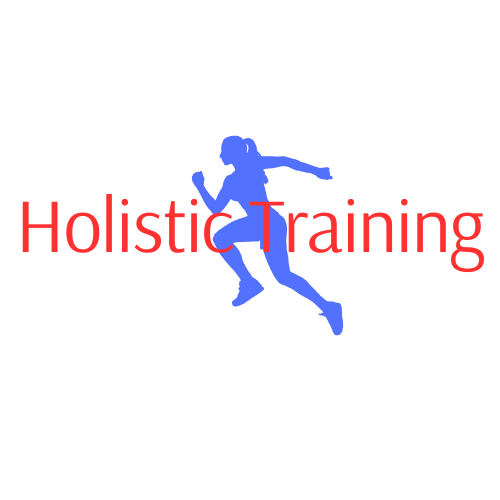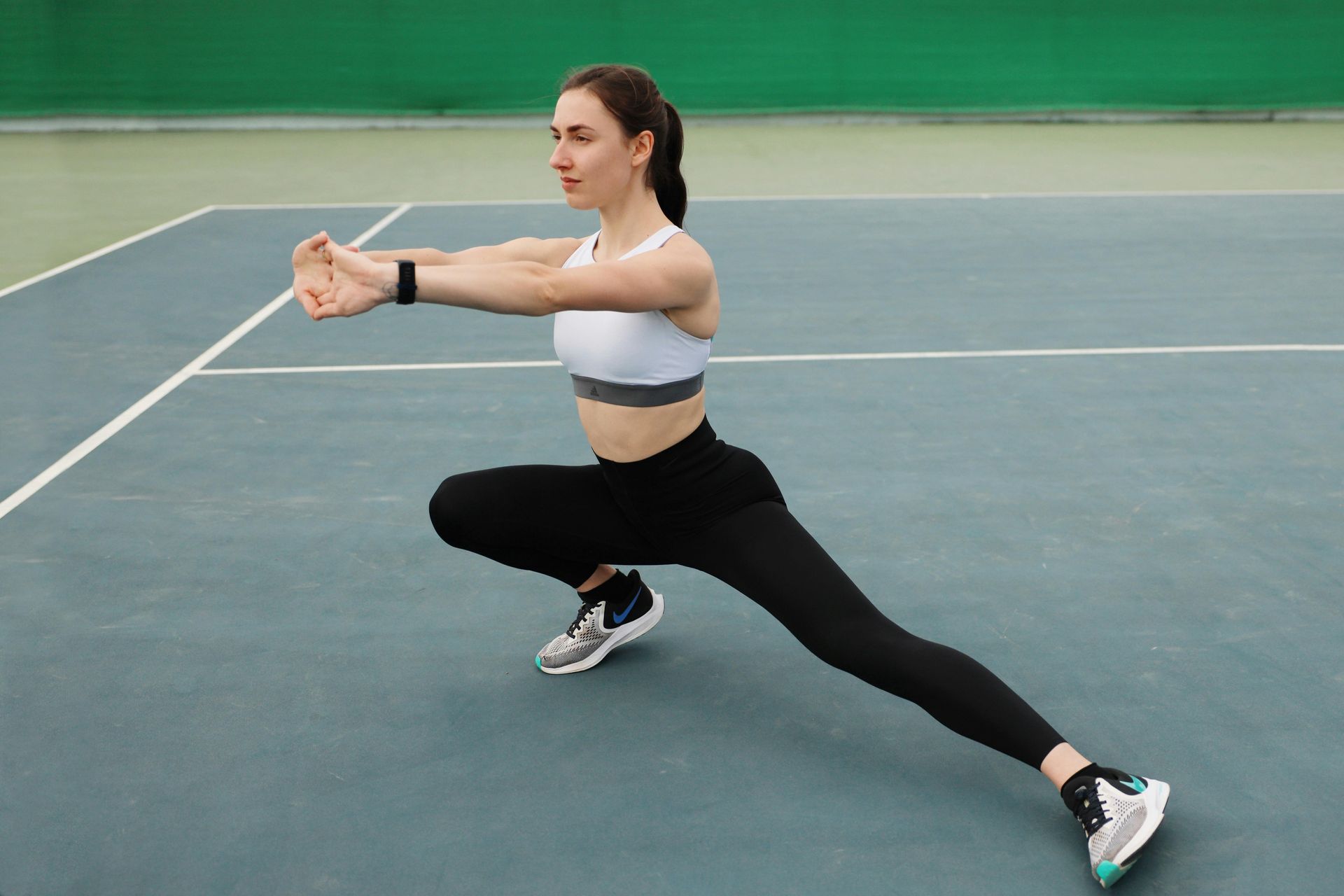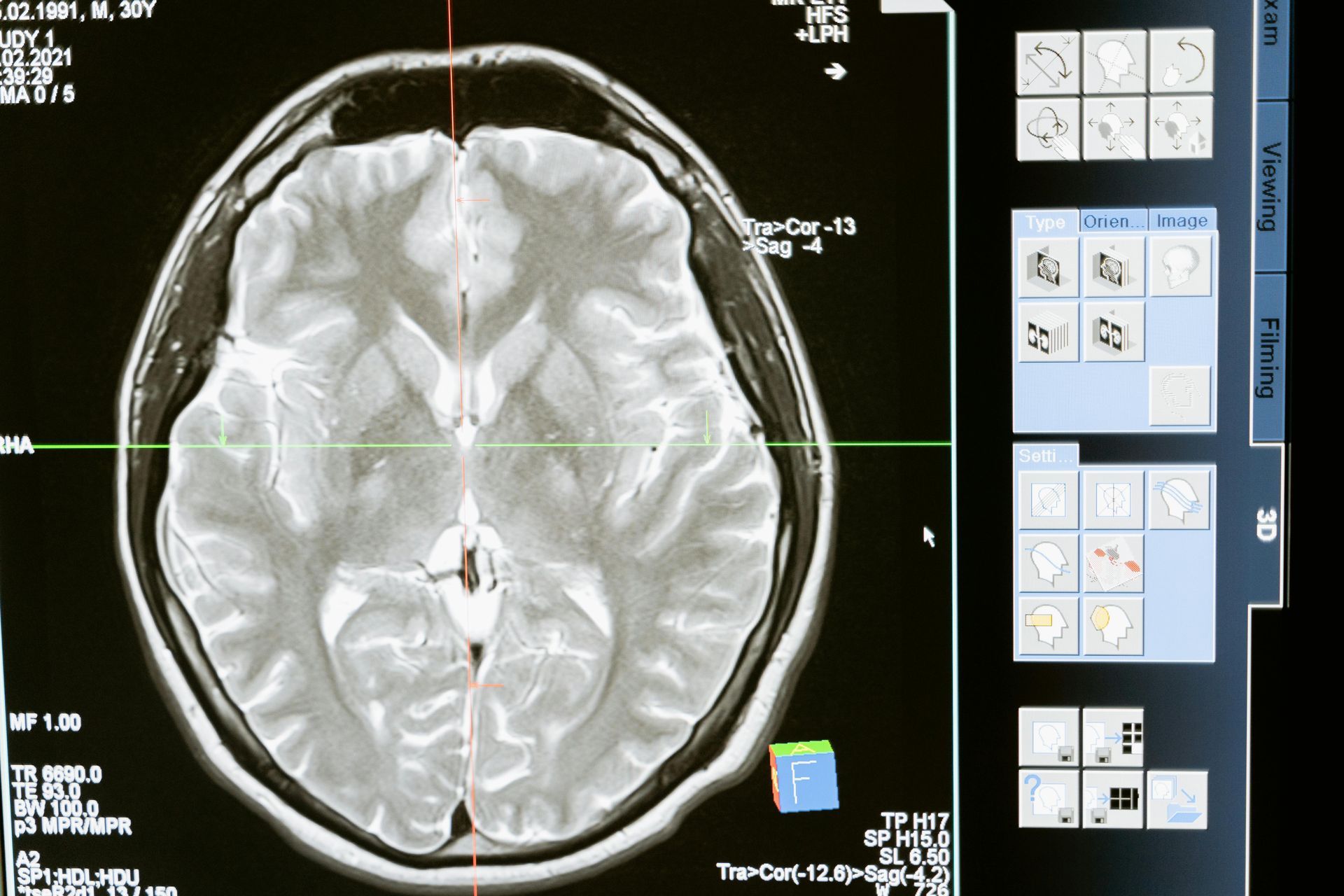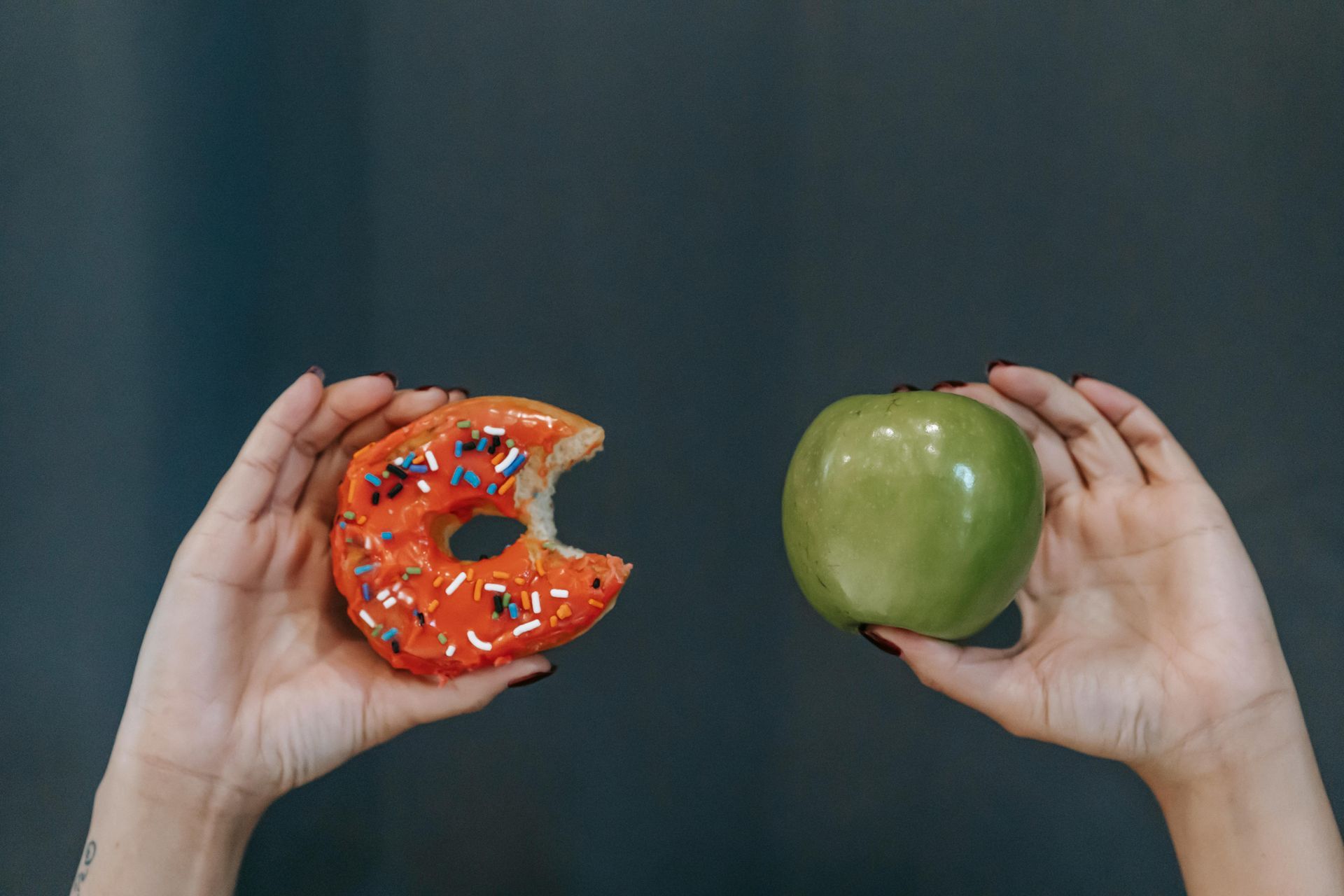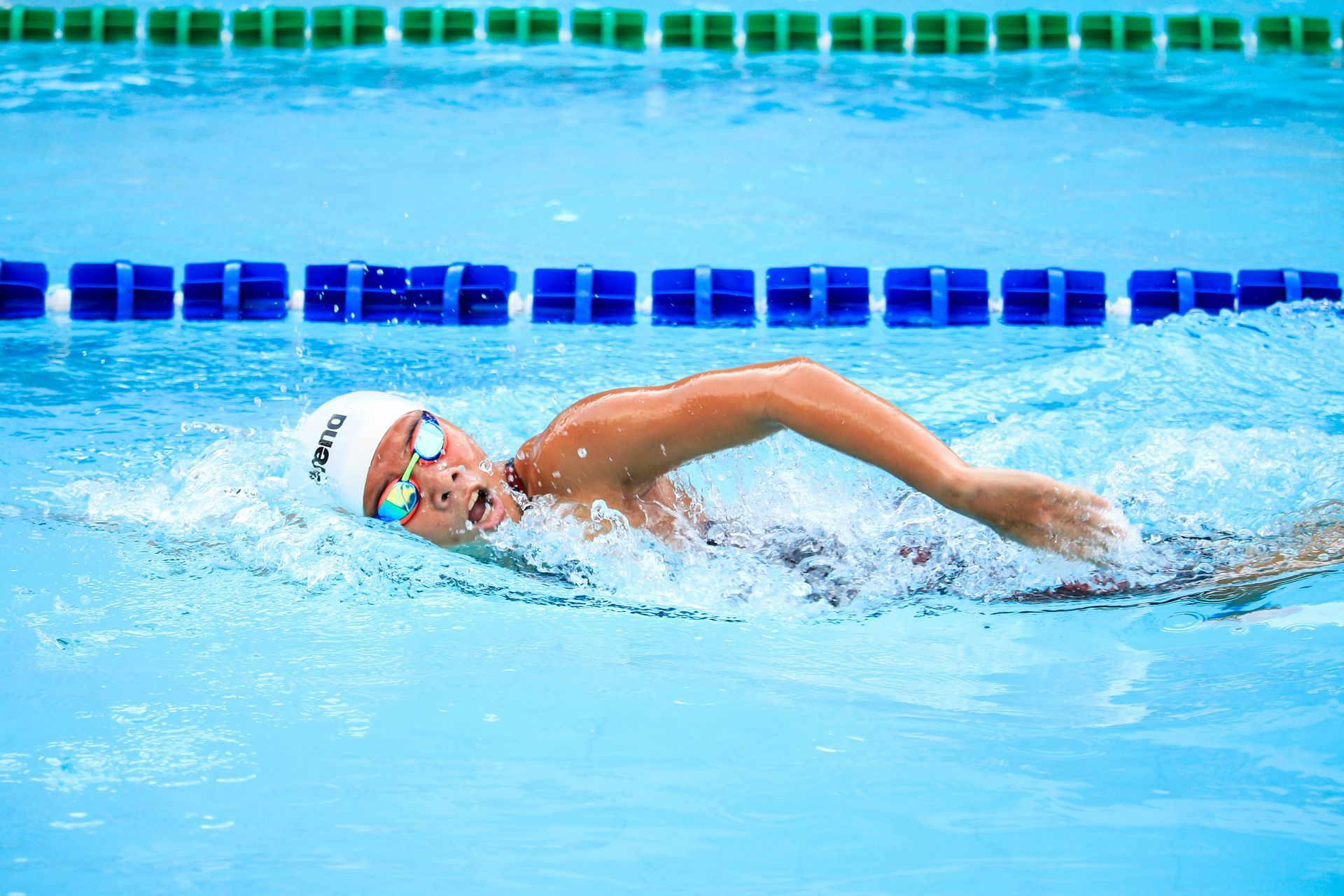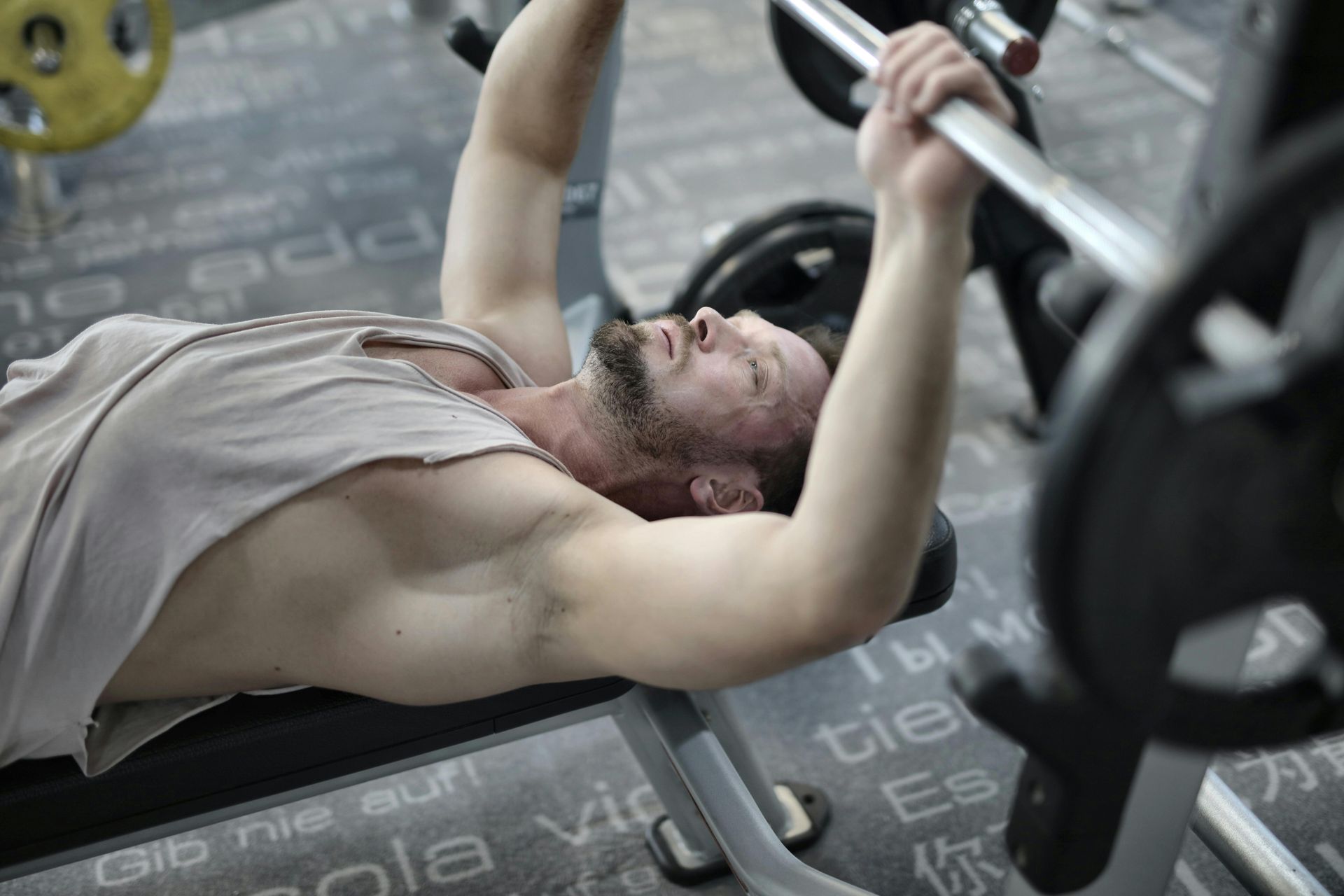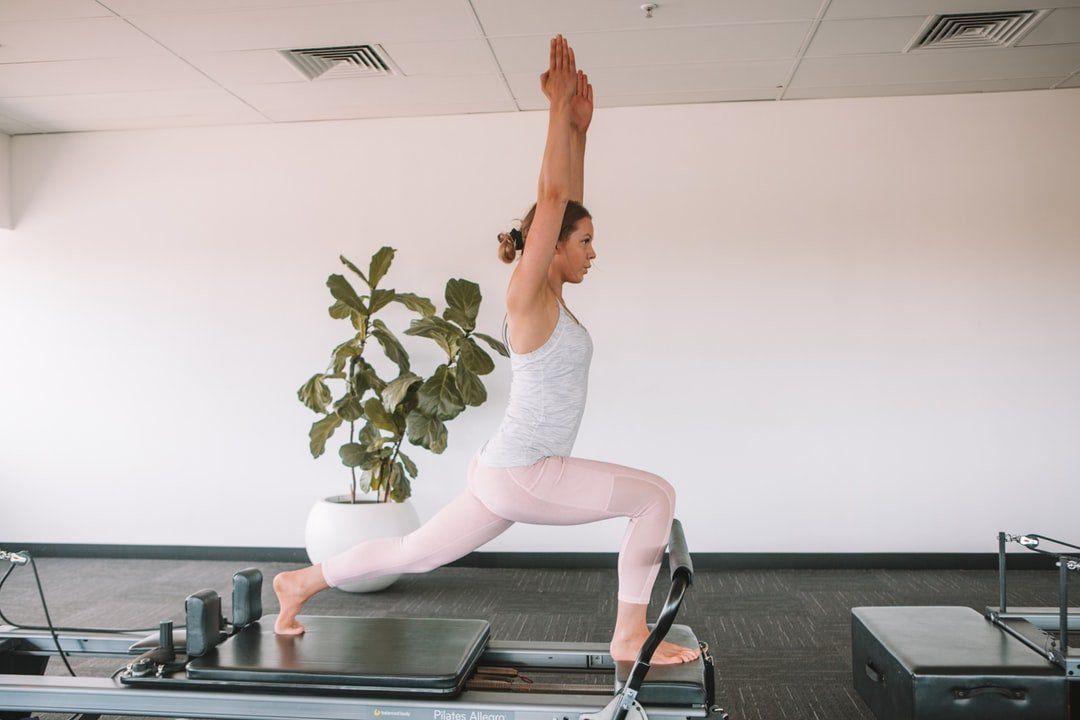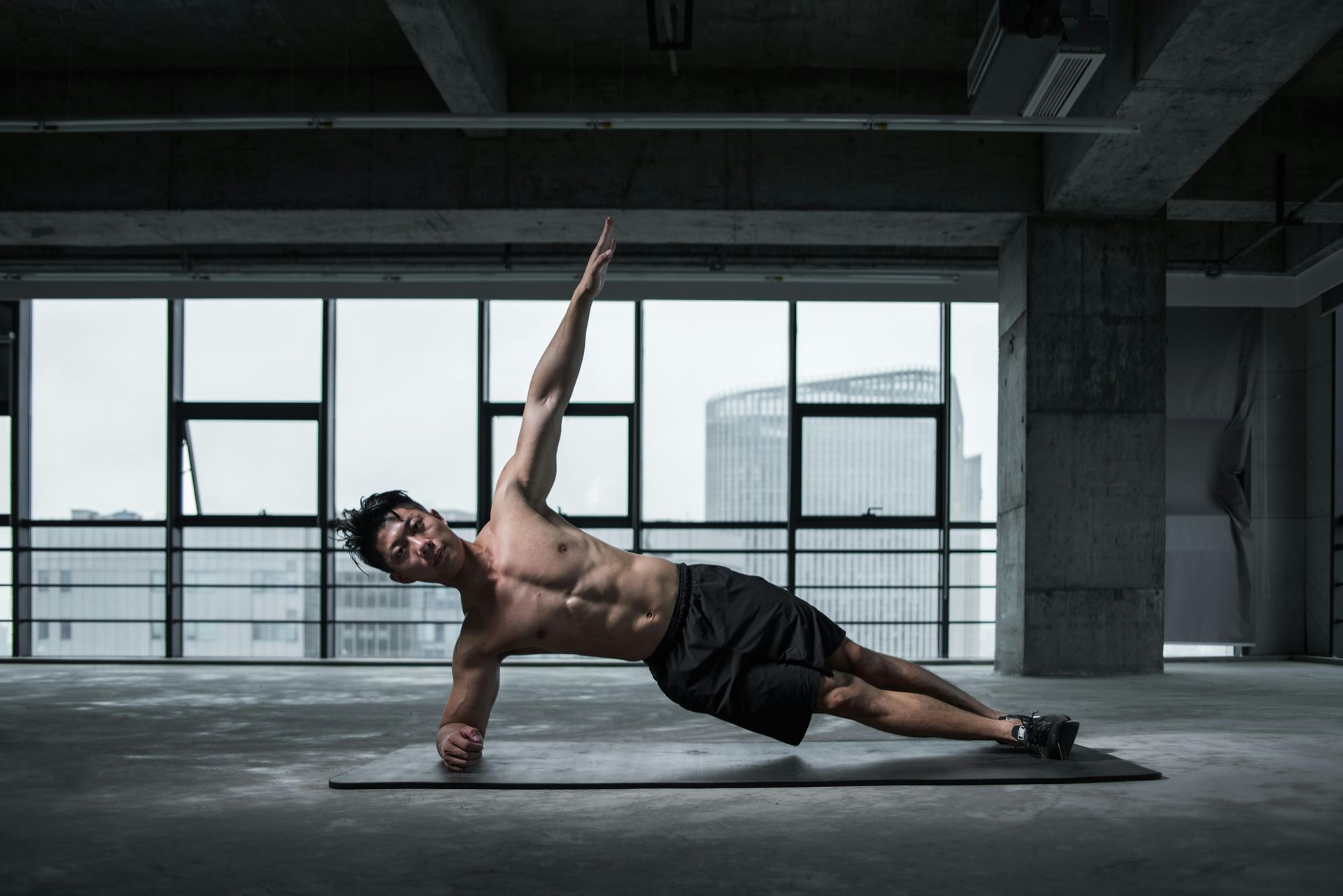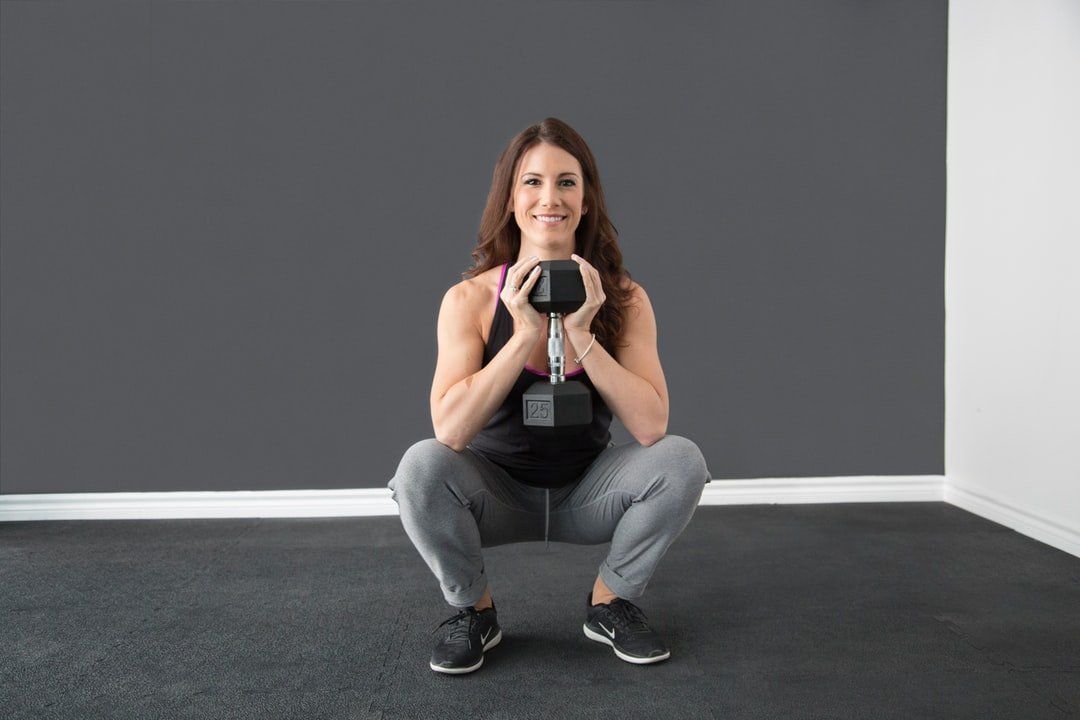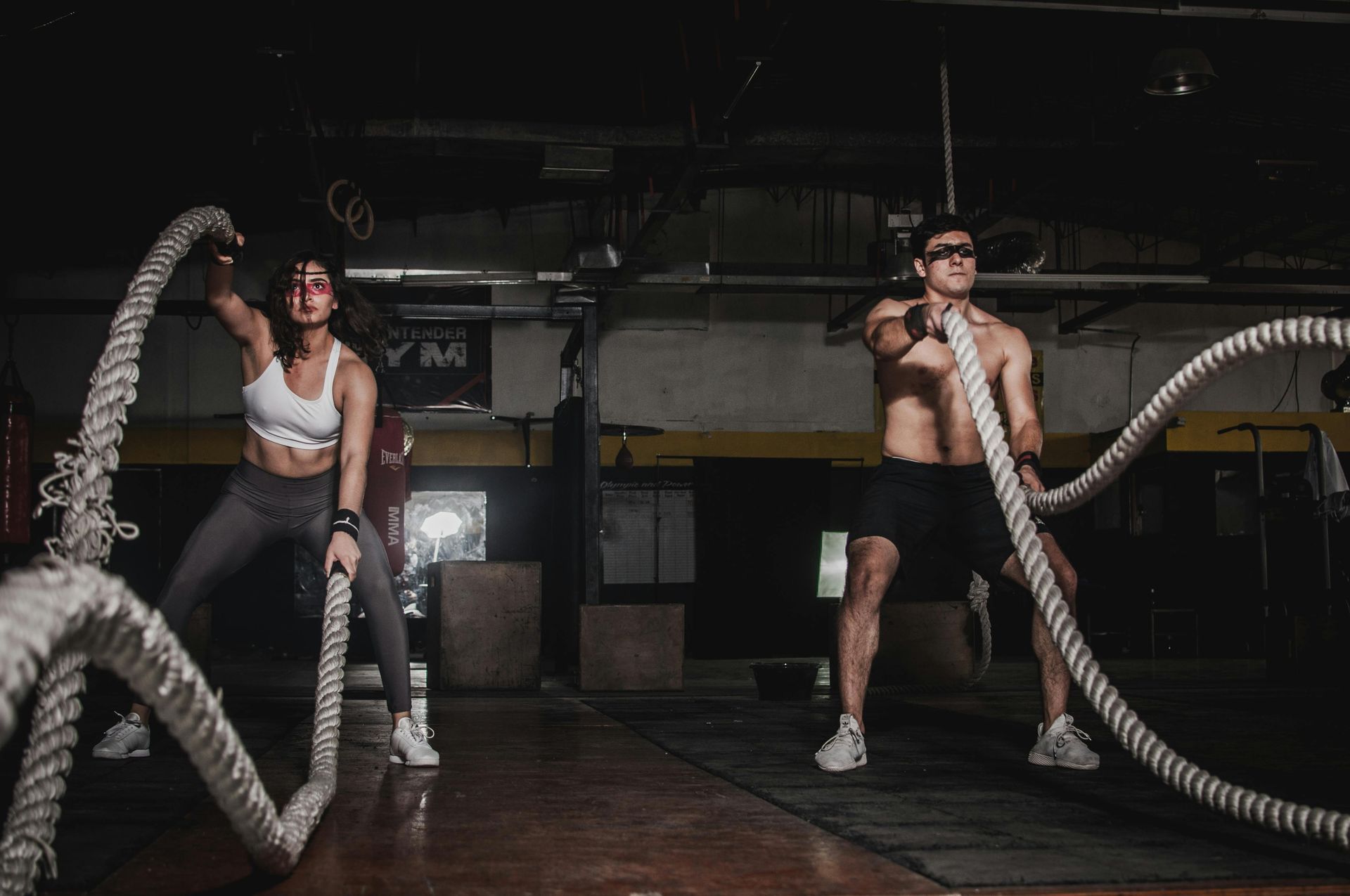Train Smarter, Not Harder
Mastering RPE and RIR for Optimal Gains
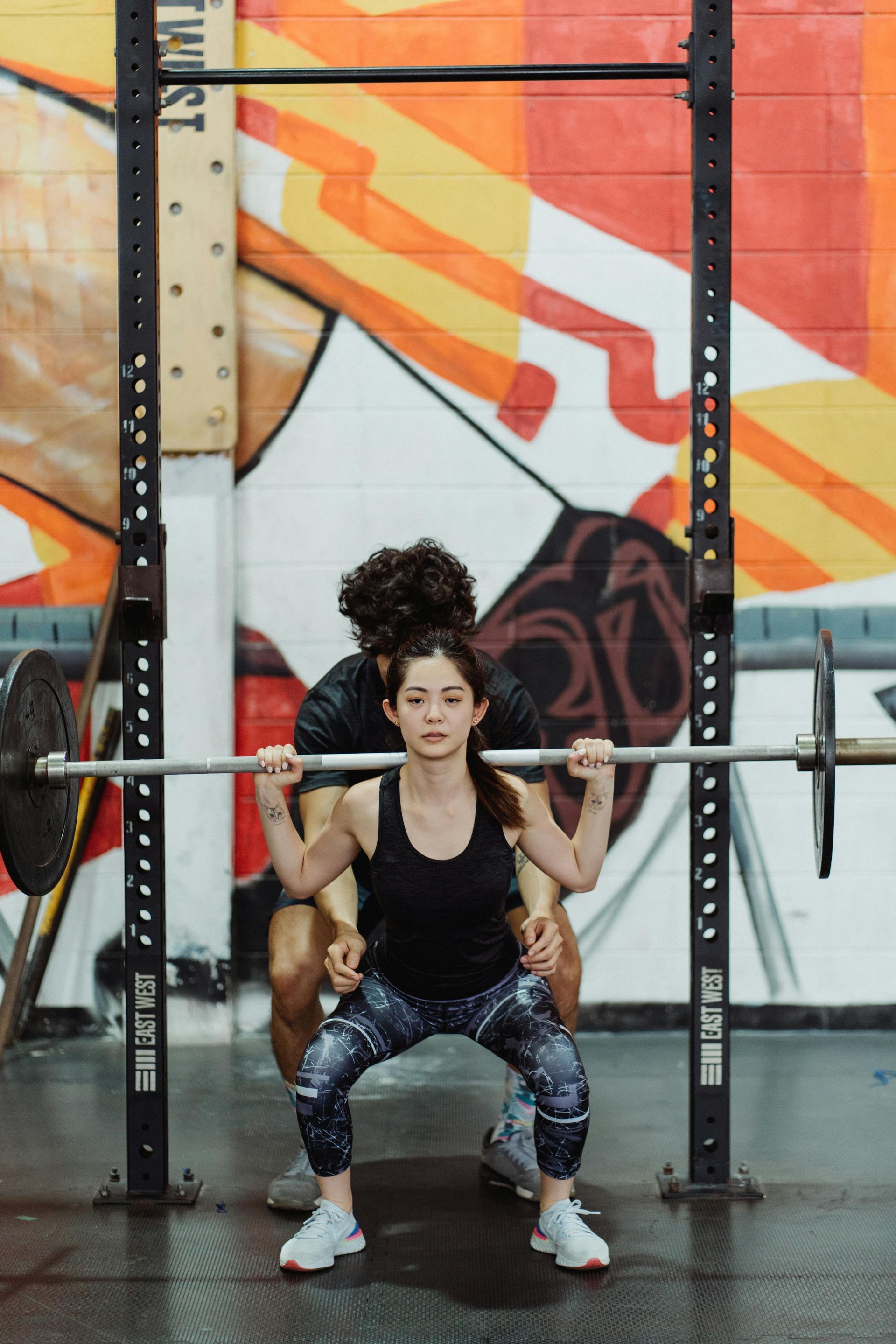
Ever walk into the gym feeling a little lost? You have your workout plan, maybe even the exact weights prescribed, but something feels off. Are you pushing hard enough to see results, or are you flirting with overtraining? If this sounds familiar, you're not alone. This is where the concepts of Ratings of Perceived Exertion (RPE) and Repetitions in Reserve (RIR) come in.
Forget rigidly sticking to percentages of your one-rep max that might not reflect how you feel on any given day. RPE and RIR offer a more intuitive and personalized approach, allowing you to tailor each workout to your body's current state. Let's dive into how these methods can improve your training.
What is RPE?
Rating of Perceived Exertion (RPE) is a subjective scale used to measure the intensity of your exercise. Think of it as a way to quantify how hard a set feels. While several scales exist, a common modified version ranges from 0 to 10, where:
- 0: Resting (absolutely no effort)
- 5: Moderate effort (you can hold a conversation comfortably)
- 7: Hard effort (you can still speak, but it's becoming challenging)
- 9: Very hard effort (at best you can speak one or two words)
- 10: Maximal effort (like an all-out sprint)
For strength training, you'll typically be working within the RPE range of 7 to 9 (depending on the phase or period of training if you or your coach use periodization). This allows for sufficient stimulus for muscle growth and strength gains without constantly pushing to your absolute limit.
The scientific literature (e.g., Lea et al, 2022; and Voorn et al, 2023) generally supports the reliability and validity of both RPE as a method for assessing exercise intensity in resistance training, although some nuances exist. For instance, studies have shown that RPE is a valid measure of resistance exercise intensity. It correlates well with physiological markers of exertion such as heart rate, blood pressure, and blood lactate levels. RPE also reflects the workload being performed.
The reliability of RPE can be influenced by several factors, including the individual's experience with resistance training, the specific RPE scale used, and the consistency of its application. More experienced lifters tend to have better reliability in their RPE ratings. Some studies indicate good test-retest reliability for RPE in resistance exercise. For instance, a study published by the Journal of Orthopaedic & Sports Physical Therapy found that “Test-retest reliability of perceived exertion during quadriceps resistance exercise was excellent.”
What is RIR?
Repetitions in Reserve (RIR) is a slightly more direct way to gauge your intensity. It's an estimate of how many more repetitions you could have performed at the end of a set, or how many repetitions you still have in the tank by the end of the set. Consider the following examples:
- RIR 3: You could have done approximately 3 more repetitions with good form.
- RIR 1: You felt like you had one more rep left in the tank.
- RIR 0: You reached muscular failure – you couldn't perform another rep.
Similar to RPE, for effective strength training, you'll often aim for an RIR range of 1 to 4. This indicates that you're challenging your muscles without consistently pushing past the point of good form or risking injury.
RIR has been found to be a valid method for prescribing and monitoring resistance training loads, particularly when sets are performed closer to failure. It aligns with the intention of achieving a specific level of effort and proximity to muscular fatigue (see Jukic and colleagues, 2024).
The reliability of RIR appears to be higher when fewer repetitions are performed (closer to failure). Some research suggests that individuals can accurately estimate RIR, especially after some familiarization and practice. However, accuracy might decrease when estimating higher numbers of repetitions in reserve (further from failure) according to Lovegrove et al (2022) and Hacket et al (2017).
The Benefits of Training with RPE and RIR
Why should you embrace these more intuitive methods? Here are a few compelling reasons:
- Truly Personalized Training: Life happens. Sleep, stress, nutrition – they all impact your performance. RPE and RIR allow you to adjust your training on the fly. Feeling fatigued? Stay at the lower end of your RPE/RIR range. Feeling strong? You might naturally lift a bit more while staying within the same perceived effort.
- Developing Body Awareness: By constantly asking yourself how a set feels or how many more reps you could do, you'll become more attuned to your body's signals. This heightened awareness is invaluable for long-term progress and injury prevention.
- Unlocking Training Flexibility: No need to constantly recalculate percentages based on your latest theoretical one-rep max. RPE and RIR adapt to your current strength level, making your training more flexible and less dependent on potentially outdated numbers.
- Minimizing Injury Risk: Consistently pushing to absolute failure (RIR 0) can increase the risk of injury and overtraining. RPE and RIR encourage you to train with intention, ensuring you're challenging yourself appropriately without going overboard.
- Smarter Progression: You can track progress in more ways than just increased weight. If the same weight feels easier over time (lower RPE or higher RIR), that's a clear sign of improvement!
- Ideal for All Exercises: While percentages of 1RM work well for compound lifts, RPE and RIR are incredibly useful for isolation exercises or movements where determining a true max can be awkward or even dangerous.
Putting RPE and RIR into Practice
How do you apply RPE and RIR? Begin by simply paying attention to how your sets feel. After each set, ask yourself, "On a scale of 0 to 10, how hard was that?" and "How many more reps could I have done?". Gradually replace weight prescriptions with RPE or RIR targets. For example, instead of "3 sets of 8 at 150lbs," try "3 sets of 8 at RPE 7-8" or "3 sets of 8 leaving 2 reps in reserve." For big compound movements like squats or deadlifts, RIR might feel more intuitive. For exercises where form breakdown can happen quickly, RPE can help you gauge intensity based on overall effort. Many find success using both in tandem (e.g., RPE 8 with 2 RIR). The accuracy of RPE and RIR relies on your honesty with yourself. It takes practice to accurately assess your effort and remaining reps. Don't be afraid to adjust as you gain experience.
RPE vs. RIR
While both methods serve a similar purpose, they offer slightly different perspectives. RPE focuses on the overall feeling of exertion, which can be influenced by various factors like fatigue and mental focus. RIR provides a more direct measure of proximity to muscular failure.
Ultimately, the best approach might involve using them together. For instance, you could aim for a set that feels like an RPE of 8, where you estimate you have 1-2 reps left in the tank. Experiment and see what resonates best with you and your training style.
Final Thoughts
This blog post introduces the concepts of RPE and RIR as valuable tools for personalizing and optimizing strength training. It explains what each method entails, highlighting the subjective nature of RPE and the estimation of remaining reps in RIR. It emphasizes the scientific backing for both RPE and RIR, noting their validity and reliability in assessing exercise intensity. It details the numerous benefits of using these methods, including tailored training, enhanced body awareness, flexibility, injury prevention, and smarter progression. Practical guidance is provided on how to implement RPE and RIR into training routines, encouraging readers to practice and adjust based on their individual experiences. The post also briefly discusses the relationship between RPE and RIR, suggesting that using them together can be particularly effective.
Ultimately, mastering RPE and RIR empowers individuals to train more intelligently by tuning into their body's feedback. These methods offer a departure from rigid, percentage-based training, allowing for greater flexibility and personalization. By consistently applying RPE and RIR, lifters can better manage their training intensity, minimize the risk of overtraining and injury, and ultimately achieve more sustainable and rewarding fitness outcomes. Embracing these intuitive tools fosters a deeper connection with one's body and paves the way for optimized and effective strength training.


